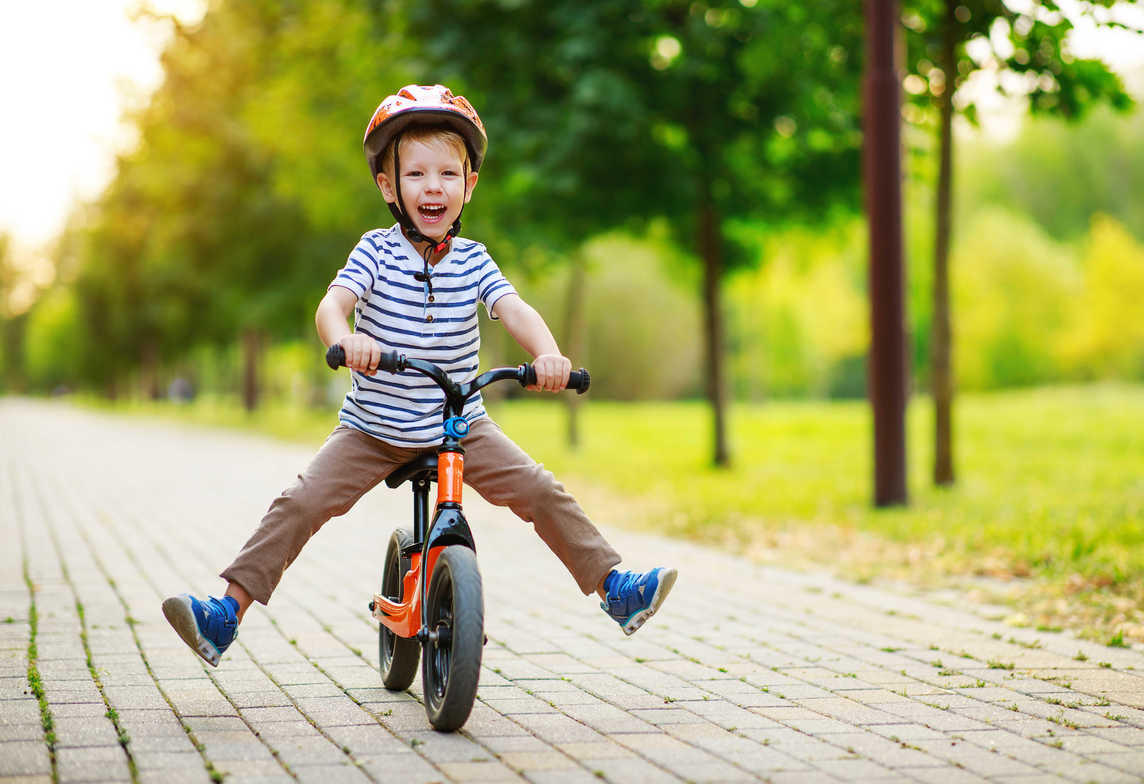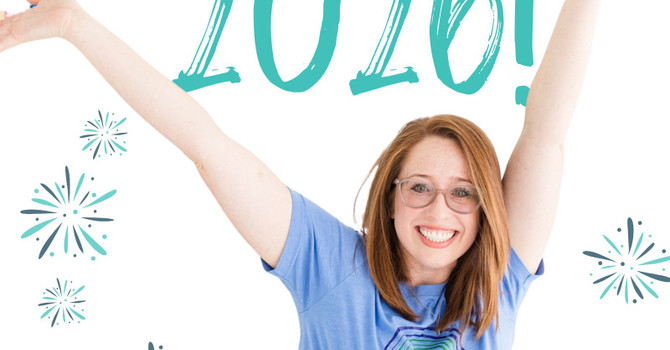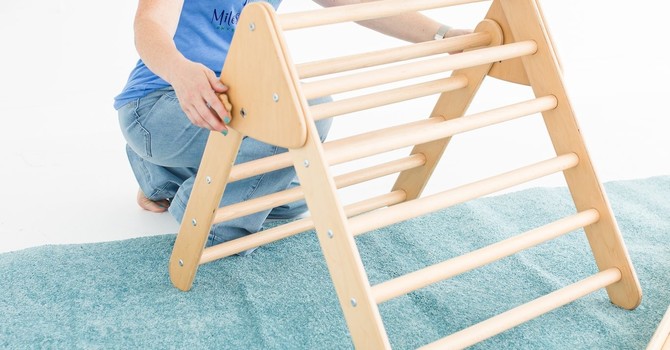
Bikes of all varieties are a common holiday gift. So, in case Santa needs to put one under your tree, here are a few tips and recommendations from a pediatric physical therapist’s perspective.
My first two tips are: #1 - start early... often earlier than you’d think! #2 - start with balance bikes. Starting early with a balance bike can be a game changer! Did you know balance bikes are even made small enough for new walkers? I highly recommend starting with a 3- or 4-wheeled balance bike.
My favorite is the Kinderfeets 2-in-1 Tiny Tot because it’s suitable for 12-24 months of age. It is one of the smallest on the market, lightweight, adjustable, and converts to a 2-wheeled balance bike. One was gifted to my son at 12 months, and, no joke, riding on it was his favorite thing to do until he was too tall. It lasted us well past 2 years of age since he was pint-sized and it held up beautifully. It’s a bit more expensive than other bikes, however the 2-in-1 feature is amazing and helps with longevity! Other brands we love for the new walker are Retrospec Cricket and YBike Pewi Walker & Ride-on.
Why do I love these 3/4-wheeled balance bikes? These allow your child to sit on them and propel themselves forward and backward, which builds strength and coordination throughout their entire little bodies. These differ from sit-on toys in that the seat is narrow, similar to a bike, and allows for optimal leg positioning to develop the balance and coordination necessary to progress to the next step: 2-wheeled balance bikes.
The 2-wheeled balance bikes are where it gets fun, and the options are endless! These are great for your proficient walker and proficient 3/4-wheel balance biker (typically 18-24 months). If you have a daredevil or a child with a need for speed, I highly recommend dusting off your own bike to keep up.
A 2-wheeled balance bike is exactly that, a bike with 2 wheels without pedals. These are a bit taller and heavier than the 3/4-wheeled bikes, can move faster, and cover more uneven ground due to the larger wheel size. Two-wheeled balance bikes allow your child to develop further confidence on a bike. The balance, coordination, and motor planning needed to start, stop, turn, and coast on a 2-wheeled balance bike are all stepping stones to successfully riding a pedal bike...but without the pressure and stress of the pedals!
My favorite brands for 2-wheeled balanced bikes are: 2-in-1 Kinderfeets Tiny Tot, Tiny Tot Plus, Classic Balance Bike, Woom 1, Strider Classic, Retrospect Cub, and Specialized Hotwalk for on and off roading.
So, how will you know if your child is ready to progress to a pedal bike? Coasting. If your child can successfully coast with their feet off the ground or with their feet resting on the pegs of a balance bike for turns and straightaways, then your child has the balance and coordination to add pedals. Yay! This typically occurs between 3-5 years of age.
Finding the right pedal bike can be a little tricky. When selecting a bike, be sure to look at each bike and the individual size charts because all bikes are different when it comes to the seat height. This is important since the appropriate seat height is necessary for independence with starting and stopping once those training wheels come off. Also, make sure you read all the specifications, because not all pedal bikes accept training wheels. Some of my favorites are: Retrospec Koda or Koda Plus 12- or 16-inch, Guardian 14-inch Bikes, and Specialized Riprock Coaster 12 or 16.
Here’s another tip (and one of my favorites) - before you jump to a pedal bike with training wheels, consider letting your child practice inside. Grab a pair of tennis shoes and place the training wheels inside, making sure the back wheel is elevated. Now, let your child practice pedaling and braking before you take to the pavement. This provides a safe, stress-free space to pedal, and prevents any frustration from forming. Easy, right?
Now it’s time for the pavement. Spend some time with those training wheels, but not so much that your child becomes reliant on them. When your child can confidently propel the bike forward with training wheels (and they have balance bike experience) your child is ready to pedal without training wheels! Woohoo!
Here is another favorite tip of mine: Encourage your child to get started on their own. How do you do this? Coasting! The seat will need to be low enough for your child’s feet to touch the ground. Encourage your child to propel themselves forward just like a balance bike. When they pick up enough speed to coast, place those feet on the pedals. They can pedal or just practice the start. When your child feels confident with the start, then those legs are ready for pedaling and speed! Again, have your bike (or running shoes) ready!
My Favorite Pedal bikes without training wheels (again, pay attention to the seat height and find one that allows your child’s feet to touch the ground) are: Woom 2 and above, Cleary Bikes, Guardian Bikes, and Specialized Bikes.
A quick note on how to teach braking. It will depend on if your child’s bike has hand breaks or coasting breaks. Practice makes perfect, and I highly recommend practicing indoors with the training wheels elevated and in a repetitive fashion once pedaling is mastered. Being able to safely brake and stop when cued is crucial to bike safety. And as always, wear a helmet, even during the 3/4-wheeled balance bike stage!
One more thing to keep in mind - bike accessories. Those accessories add weight to a bike. The heavier the bike, the harder it will be to manipulate and control, especially when learning to ride a bike for the first time.
Learning to ride a bike is a process AND a right of passage for children. Follow your child’s lead. Only progress when they have the skills necessary for the next step to prevent setbacks and unnecessary frustrations. Setting your child up with the proper foundation will help build your child’s confidence, not only in gross motor skills but overall.
Happy Biking!
As a mom and a pediatric physical therapist, I am here to help! It is my goal to set kiddos and parents up for gross motor success. Stay tuned as I publish more blog posts with gross motor tips. And if you made it this far, thank you! Please check out and follow, like, comment, etc. our social media accounts. I appreciate it!
Instagram: @milestonesatplay
Facebook: Milestones At Play
TikTok: @milestonesatplay


